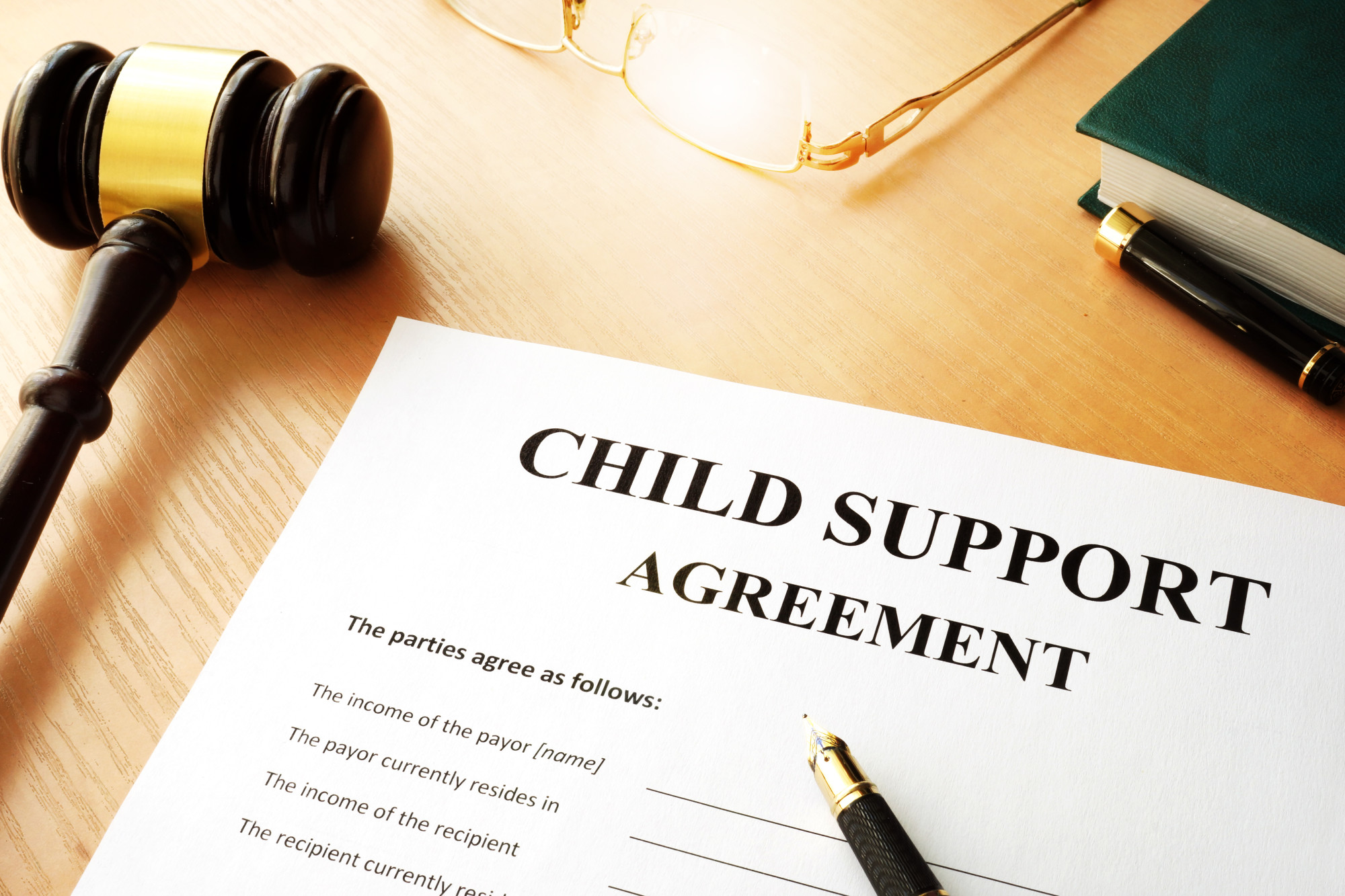About 14.9 out of every 1,000 marriages end in divorce. Are you getting ready to go through the divorce process? If you have a child, you have a lot to think about.
Divorce can be traumatic for children, especially if the parents aren’t amicable. You need to create the best possible divorce situation for your child.
But how can you do that? It starts with creating a child custody agreement that both parents can agree on.
We’re here to talk about a few things that need to be on your child custody agreement checklist. Read on to learn more.
Making a Time Schedule That Works
When most people think about child custody agreements, the first thing they think of is actual physical custody. In other words: when the child spends time with each parent.
The court prefers if both parents share custody if it’s possible to do so. If one parent is unfit, they may only get visitation. It’s better for the child, however, if they have both parents in their life.
Make a child custody and visitation agreement that works well for both parties. You need to consider each parent’s work schedule and other responsibilities to ensure that they both have as much time as possible to care for the child.
We recommend collaborating on a visual schedule so you can see exactly how much time the child will spend in each household. Don’t forget to split holidays and school breaks fairly.
Figuring Out Who Can Make Decisions
Did you know that part of a child custody agreement is determining who can make important decisions for the child? Ideally, this will include both parents, but this isn’t always the case.
In a perfect world, both parents will work together to make large decisions about the child’s life. These decisions include (among others):
- Healthcare
- Dental care
- Religious decisions (if applicable)
- Decisions regarding school choices
If one parent has primary custody, that parent usually has decision-making abilities.
General Parenting Rules
Some factors of a child custody agreement are less formal. You’re allowed to establish rules that both parents have to follow, even if they don’t relate to physical custody.
Who is able to drive the child to and from custody exchanges? Are there going to be any rules about who can babysit the child when the custodial parent is busy? Often, parents use the right of first refusal to dictate that they have to be the first choice before any other childcare options.
If a custody change needs to happen, how will you go about it? Are you going to establish a rule about what one parent is allowed to say about the other in front of the child?
When to Ask for Help
It’s ideal to handle child custody arrangements on your own before you start bringing in legal help, but a lawyer will be helpful when it comes to finalizing your agreement.
A good lawyer will also help with more complicated matters, like how to handle one parent moving out of the state with your child custody agreement.
If there’s a decision that you can’t agree on, a divorce lawyer will make sure that you’re doing what’s best for the child and the parents alike.
Creating a Child Custody Agreement Isn’t Easy
If you’re lucky, your child custody agreement will go smoothly. This isn’t often the case, however, so it’s a good idea to work with a divorce lawyer to make the process easier and avoid conflict.
At Crosson Richettti & Daiglee, we want to help you. If you’re struggling with child custody, contact us for a confidential consultation. We can’t wait to hear from you.











